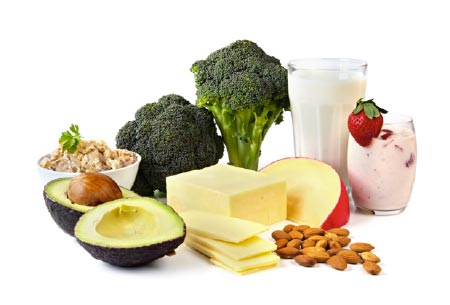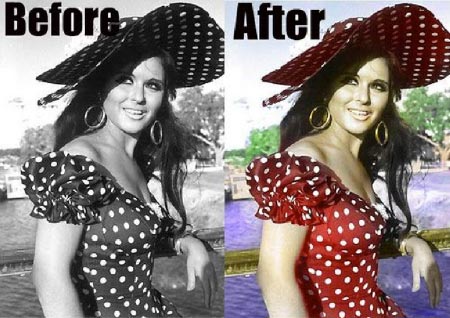 For decades, vitamin D has been known to help our bones absorb essential minerals, but a recent flood of research is revealing that vitamin D does so much more.
For decades, vitamin D has been known to help our bones absorb essential minerals, but a recent flood of research is revealing that vitamin D does so much more.
Higher levels of vitamin D are associated with greater resistance to viruses, lower risk of cancer, and higher cancer survival rates. Meanwhile, low levels of vitamin D are associated with high blood pressure, insulin resistance, metabolic syndrome, heart diseases, and higher risk of autoimmune diseases.
Despite our ability to get vitamin D from food and the sun, an estimated 40%-75% of people are deficient. Why? This is because vitamin D is not abundant in our food sources, and the sun is not a reliable source for everyone.

Sunlight is the best source for vitamin D, as our bodies naturally produce vitamin D from the sun's UV-B rays. However, many factors affect our skin’s ability to produce vitamin D, including season, time of day, latitude, air pollution, cloud cover, sunscreen, body part exposure, color, and age. These days we don't absorb nearly enough sunlight to manufacture an adequate amount of vitamin D, and during winter, most of the country gets so little sun. While lying on a glassed-in patio or soaking up rays through a window may feel good on skin, the warmth that comes through is deceiving, because vitamin D-producing UV-B rays cannot pass through glass.
If you do get enough sun, then thirty minutes of direct sun exposure to the face, legs, or back, without sunscreen and at least twice a week, should give you plenty of vitamin D. But this much direct sun exposure can also expose you to potentially dangerous levels of cancer-causing UV radiation, and The American Academy of Dermatology recommends against getting vitamin D from unprotected exposure to sunlight. This makes it a better idea to get vitamin D from food or supplements.

Natural food sources of vitamin D are limited. Since 1930, virtually all cow's milk in the U.S. has been fortified with 100 IU of vitamin D per cup. Food manufacturers also fortify other foods, such as yogurt, cereal, and orange juice, to help consumers fill the nutrient gaps in their diets. In nature, vitamin D is found mainly in fish oils, fatty fish, and to a lesser extent, in beef liver, cheese, egg yolks, and certain mushrooms.
Overall, we are not getting enough vitamin D from sunlight and food, and even when we take multivitamins, the dose of vitamin D may not be adequate. The best solution is taking vitamin D3 supplements that are readily available at reasonable prices. The recommended dosage is anywhere between 1000-2000 IU. However, you might need more or less based on the level of vitamin D in your blood. If you want to be certain you are getting all of the vitamin D that you need, it's best to consult with your doctor to check your blood level and to determine the best dosage of vitamin D3 supplement for you.
Noori Barka, PhD
President, Calbiotech, Inc
Work: 619-660-6162


























































Comments
will make the most important changes. Many thanks for sharing!
RSS feed for comments to this post